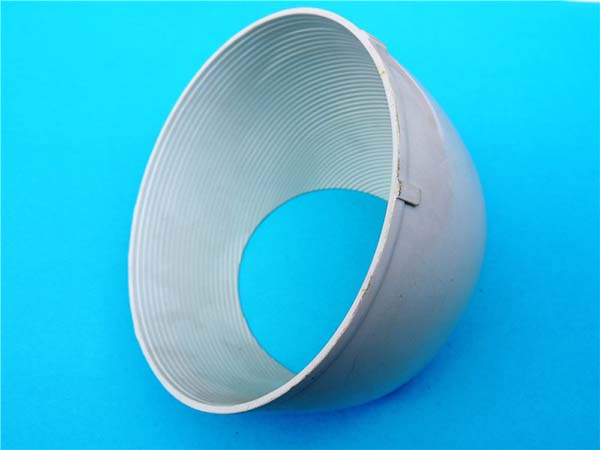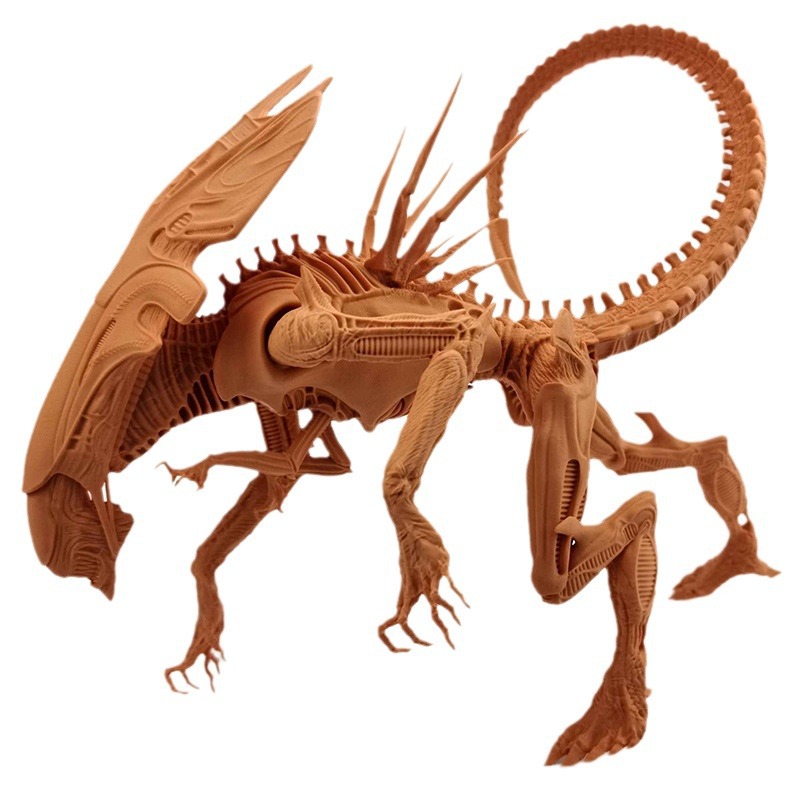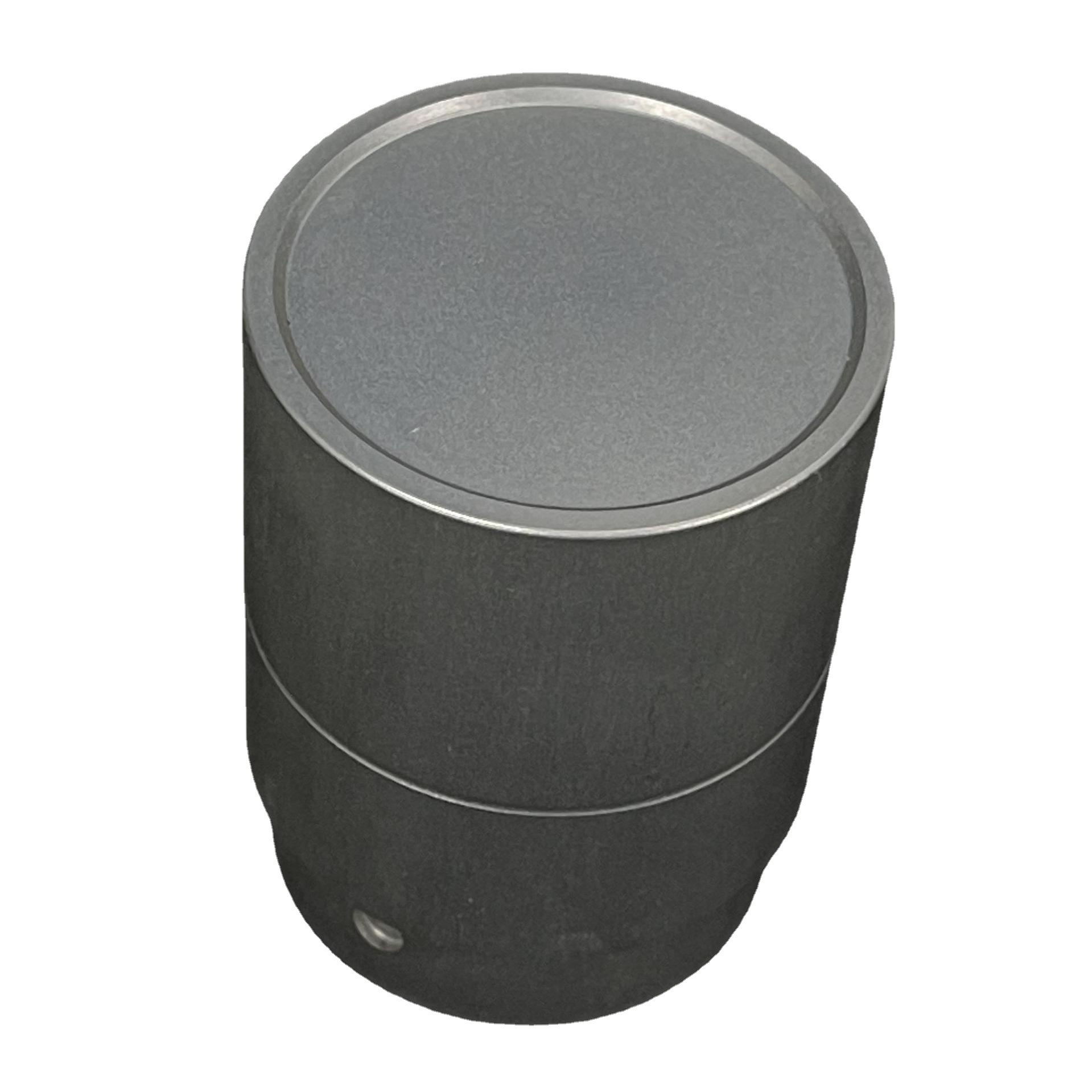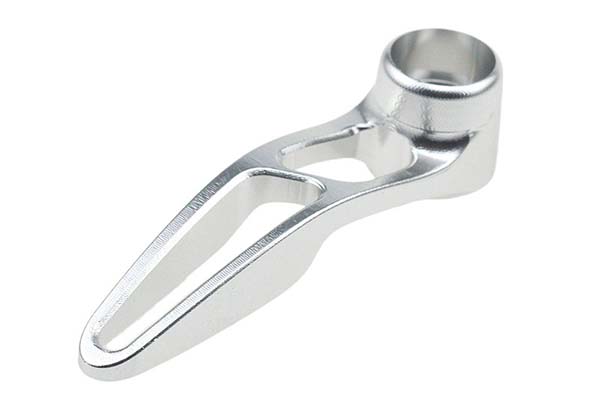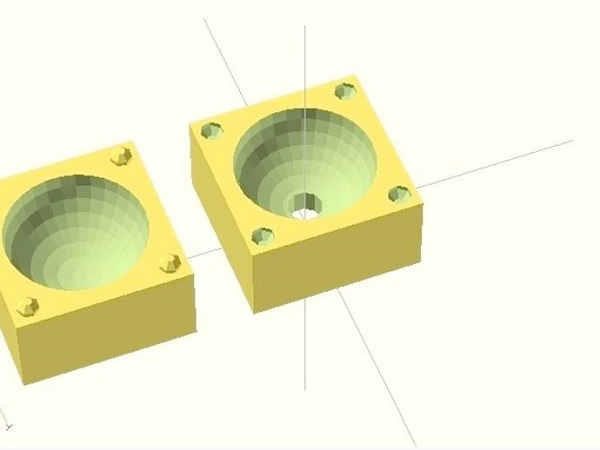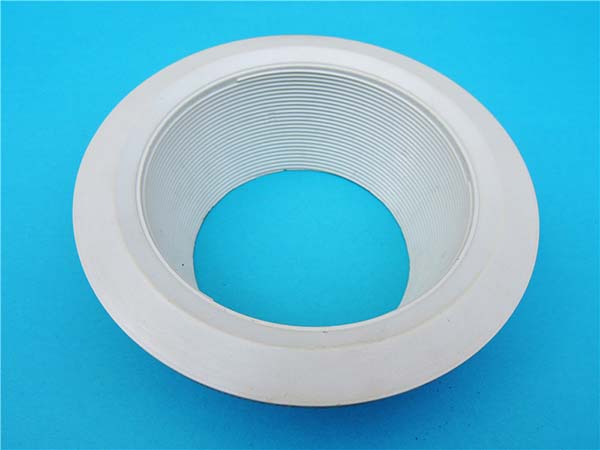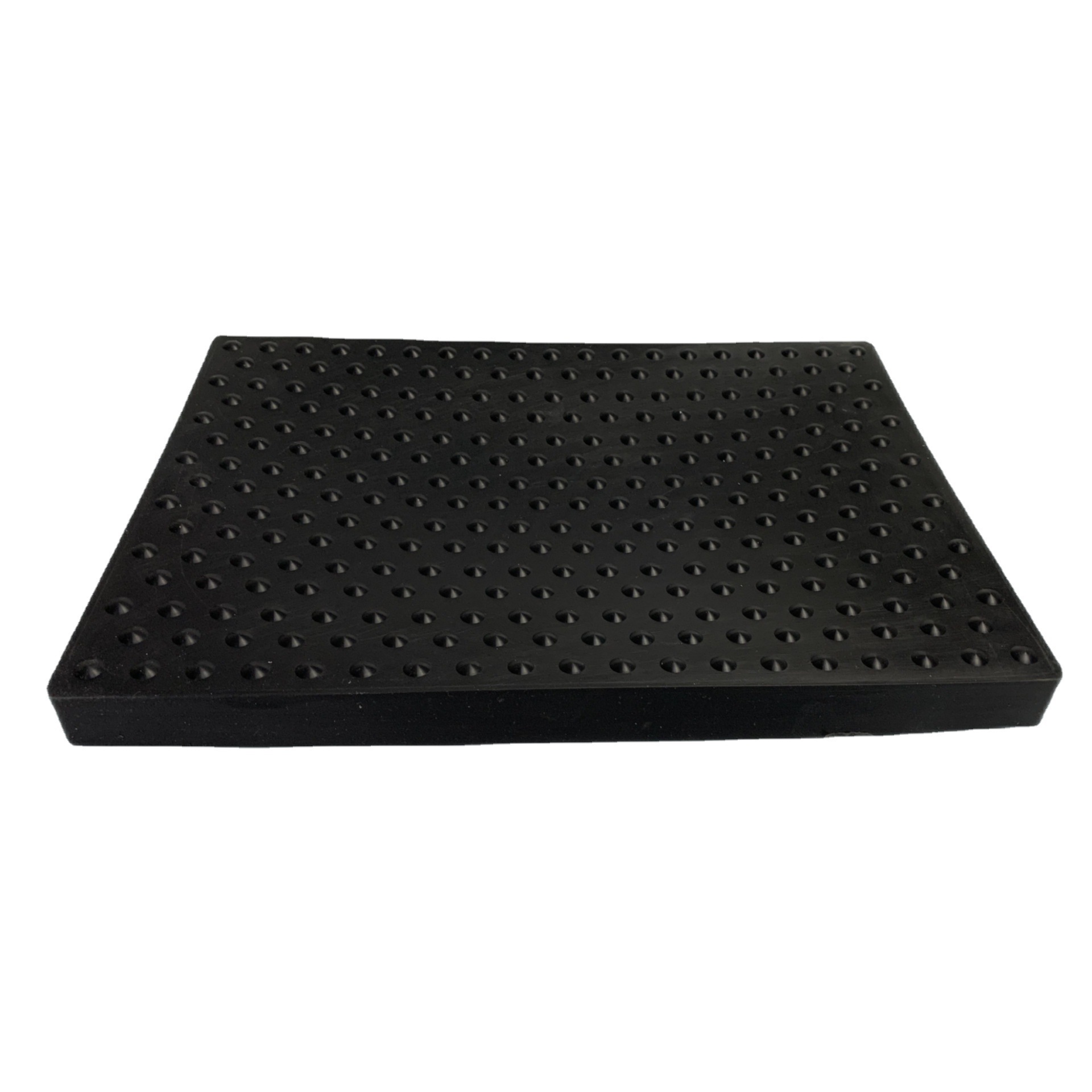1. Introduction: The Aviation Industry’s Paradigm Shift
The aviation industry has long been at the forefront of technological innovation, constantly striving for greater efficiency, safety, and performance. In recent years, Additive Manufacturing (AM), commonly known as 3D printing, has emerged as a revolutionary technology that is transforming the way aircraft are designed, produced, and maintained.
AM involves the creation of three - dimensional objects by layering materials based on a digital model. This stands in stark contrast to traditional manufacturing methods, which often rely on subtractive processes such as cutting, milling, and drilling, where material is removed from a larger block to create the desired shape. The implications of this shift are far - reaching, with AM offering numerous advantages over traditional manufacturing techniques in the context of aviation.
The following Yigu Technology table provides a comparison of some key aspects between traditional manufacturing and additive manufacturing in the aviation industry:
| Aspect | Traditional Manufacturing | Additive Manufacturing |
| Material Waste | High. Subtractive processes often result in a significant amount of material being removed and discarded. | Low. AM builds objects layer - by - layer, using only the necessary amount of material, reducing waste significantly. |
| Design Flexibility | Limited. Complex geometries may be difficult and costly to produce. | High. AM allows for the creation of highly complex and customized designs that would be nearly impossible to achieve with traditional methods. |
| Production Time for Prototypes | Long. Multiple steps and tooling changes are often required. | Short. AM can quickly produce prototypes directly from digital models, accelerating the design iteration process. |
| Cost for Small - Batch Production | High. Tooling and setup costs are spread over a small number of units. | Low. AM eliminates the need for expensive tooling, making it cost - effective for small - batch production. |
This growing trend of AM in aviation is not just a passing fad but a fundamental shift in the industry's manufacturing paradigm. In the subsequent sections, Yigu Technology will delve deeper into the technical aspects of how AM is being used in aircraft design, explore real - world applications, and discuss the challenges and future prospects of this transformative technology in the aviation industry.
2. Technical Foundations of Additive Manufacturing in Aviation
2.1 Key AM Processes for Aerospace
The effectiveness of additive manufacturing in aviation is significantly influenced by the specific processes employed. Here are some of the key AM processes that have made a mark in the aerospace industry:
Selective Laser Melting (SLM)
SLM is a powder - bed fusion technology that uses a high - power laser to selectively melt and fuse metal powder layer by layer. This process can achieve up to 99% material density in titanium and nickel - based alloys. For Yigu Technology example, in the production of turbine blades, which require high strength and heat resistance, SLM - produced titanium - alloy turbine blades have shown excellent performance. The high density achieved through SLM ensures that these components can withstand the extreme mechanical and thermal stresses present in an aircraft engine. A study by [Research Institute Name] found that SLM - manufactured turbine blades had a 20% increase in fatigue life compared to conventionally manufactured blades, due to their refined microstructure and high density.
Laser Engineered Net Shaping (LENS)
LENS, also known as laser metal deposition, is a directed - energy deposition process. It has a unique advantage in the repair of high - value parts. By precisely depositing metal powder onto the damaged area and melting it with a laser, LENS can repair components with minimal material waste. In the aviation industry, where components such as engine casings and wing spars are extremely expensive to replace, LENS offers a cost - effective solution. A case study by an aircraft maintenance company showed that using LENS to repair a damaged engine casing extended the component's life by 300%, while reducing the repair cost by 50% compared to replacing the entire casing.
Electron Beam Melting (EBM)
EBM is another powder - bed fusion process, but it uses an electron beam as the energy source and operates in a vacuum environment. This vacuum operation is crucial for producing defect - free Ti - 6Al - 4V structures, which are widely used in critical aerospace applications such as aircraft landing gear components. The absence of oxygen and other contaminants in the vacuum environment prevents the formation of oxides and other impurities, resulting in high - quality, reliable parts. According to industry reports, EBM - produced Ti - 6Al - 4V landing gear components have a failure rate that is 50% lower than those produced by traditional forging methods.
The following Yigu Technology table summarizes the key features of these AM processes:
| AM Process | Energy Source | Material State | Key Applications | Advantages |
| Selective Laser Melting (SLM) | Laser | Powder | High - strength components like turbine blades, engine nozzles | High density (99% in titanium and nickel - based alloys), high precision, ability to create complex geometries |
| Laser Engineered Net Shaping (LENS) | Laser | Powder | Repair of high - value parts, prototyping of large components | Low material waste, cost - effective repair, can be used for on - site repair |
| Electron Beam Melting (EBM) | Electron beam | Powder | Critical aerospace components like landing gear parts, structural components in high - stress areas | Defect - free production in a vacuum environment, suitable for reactive materials like Ti - 6Al - 4V |
2.2 Material Advancements
The development of suitable materials is a cornerstone of the successful application of AM in aviation. AM enables the use of advanced materials that can enhance the performance of aircraft components:
Titanium Aluminide (TiAl)
TiAl is a lightweight and heat - resistant material, making it an ideal choice for turbine blades. With a density approximately 30% lower than that of traditional nickel - based superalloys, TiAl can significantly reduce the weight of engine components. At the same time, it can maintain its mechanical properties at high temperatures, up to 800°C. This allows engines to operate more efficiently, as less energy is required to rotate the lighter blades. For instance, in a new generation of aircraft engines currently under development, the use of TiAl turbine blades is expected to increase the engine's thermal efficiency by 10%.
Inconel 718
Inconel 718 is a nickel - chromium - based superalloy with excellent resistance to extreme temperatures. In aircraft engines, where components are exposed to high - temperature gases during operation, Inconel 718 is used in parts such as combustion chambers and turbine discs. Its high - temperature strength, creep resistance, and corrosion resistance ensure the reliable operation of these components. Tests have shown that Inconel 718 components can withstand temperatures of up to 1093°C without significant degradation in mechanical properties, making it a reliable material for engine hot - section components.
Carbon - Fiber Composites
Carbon - fiber composites are widely used in non - load - bearing parts of aircraft to reduce weight. These composites can reduce the weight of components by up to 30% compared to traditional metal materials. For example, in the construction of aircraft interior components such as cabin panels and luggage compartments, carbon - fiber composites not only reduce the overall weight of the aircraft but also offer advantages such as high stiffness, corrosion resistance, and noise reduction. A recent study on a commercial aircraft model found that by replacing traditional metal interior components with carbon - fiber composites, the aircraft's fuel consumption was reduced by 2 - 3% due to the weight reduction.
The Yigu Technology table below shows a comparison of the properties of these advanced materials with traditional aviation materials:
| Material | Density (g/cm³) | Tensile Strength (MPa) | Max Service Temperature (°C) | Applications in Aviation |
| Titanium Aluminide (TiAl) | 3.8 - 4.2 | 400 - 600 | 800 | Turbine blades, compressor components |
| Inconel 718 | 8.2 | 1290 (ultimate tensile strength) | 1093 | Combustion chambers, turbine discs |
| Carbon - Fiber Composites | 1.5 - 2.0 | 1000 - 2000 (depending on resin and fiber orientation) | 200 - 300 (depending on resin) | Non - load - bearing interior components, some non - critical exterior components |
| Aluminum Alloy (traditional) | 2.7 | 200 - 600 | 200 - 300 | Wing skins, fuselage structures (in some cases) |
| Steel (traditional) | 7.8 - 8.0 | 300 - 2000 (depending on type) | 400 - 600 | Landing gear components (some types of steel), some structural components |
These technical foundations of additive manufacturing in aviation, from the key AM processes to the advanced materials, are enabling the industry to push the boundaries of aircraft design and performance.
4. AM vs. Traditional Manufacturing: A Comparative Analysis
When considering the adoption of additive manufacturing in the aviation industry, it is crucial to compare it with traditional manufacturing methods. This comparison can help aviation companies make informed decisions about which manufacturing approach is most suitable for different applications.
4.1 Material Waste
One of the most significant differences between AM and traditional manufacturing is material waste. In traditional manufacturing processes such as machining, a large amount of material is often removed and discarded. For Yigu Technology example, in the production of a complex aircraft component from a solid metal block, up to 70% of the original material may be wasted. This not only increases the cost of raw materials but also has environmental implications.
In contrast, additive manufacturing is a near - net - shape process. By building parts layer - by - layer, it uses only the necessary amount of material, resulting in material waste of less than 10%. For instance, when manufacturing a titanium alloy bracket for an aircraft using SLM, the material waste is minimal as the powder is precisely melted and fused in the areas required to form the part. This reduction in material waste not only saves costs but also aligns with the aviation industry's growing focus on sustainability.
4.2 Lead Time
The lead time for manufacturing aircraft components is another area where AM has a distinct advantage. In traditional manufacturing, especially for complex parts, the process involves multiple steps such as design, prototyping, tooling design and fabrication, and then production. For prototyping, it can take 5 - 10 days, considering the time needed for designing and producing the necessary molds or fixtures, machining the part, and performing quality checks.
Additive manufacturing can significantly reduce this lead time. For prototyping, it can be completed in as little as 1 - 3 days. A design can be directly translated into a 3D - printable file, and the part can be printed in a single operation. This rapid prototyping capability allows aviation engineers to quickly iterate on their designs, test different concepts, and accelerate the development of new aircraft components. For example, a startup developing a new unmanned aerial vehicle (UAV) used AM to rapidly prototype different wing designs. They were able to go from concept to a physical prototype in just 2 days, compared to the 7 - day lead time they would have faced with traditional prototyping methods.
4.3 Design Complexity
Traditional manufacturing methods are often limited by the need for tooling and the nature of subtractive processes. Complex internal channels, lattice structures, or topology - optimized designs are extremely difficult and costly to produce. For example, creating an engine component with internal cooling channels using traditional machining would require complex and expensive tooling, and in some cases, it may not be possible at all.
Additive manufacturing, on the other hand, allows for the creation of highly complex geometries without the need for special tooling. Engineers can design components with internal channels for better heat management, lattice structures for weight reduction while maintaining strength, and other complex features that are tailored to the specific requirements of the aviation application. For example, GE Aviation uses AM to produce fuel nozzles for its LEAP engines. These nozzles have complex internal geometries that improve fuel - air mixing, resulting in more efficient combustion and reduced emissions. These complex designs would have been nearly impossible to achieve with traditional manufacturing techniques.
4.4 Cost for Low Volumes
The cost - effectiveness of AM and traditional manufacturing also varies depending on the production volume. For low - volume production, traditional manufacturing can be prohibitively expensive. The cost of tooling, which can range from \(200 - \)2,000 per part for complex aircraft components, needs to be spread over a small number of units. Additionally, the setup time and labor costs associated with traditional manufacturing add to the overall expense.
In low - volume production scenarios, additive manufacturing is often more cost - effective. Since it eliminates the need for expensive tooling, the cost per part can be as low as \(50 - \)500. For example, a small - scale aircraft manufacturer producing custom - designed interior components in low volumes found that using AM reduced their production costs by 40% compared to traditional manufacturing. This cost advantage makes AM an attractive option for the production of spare parts, custom - made components, and low - volume production runs in the aviation industry.
The following Yigu Technology table summarizes the key differences between additive manufacturing and traditional manufacturing in the aviation context:
| Parameter | Additive Manufacturing | Traditional Manufacturing |
| Material Waste | <10% | 30–70% |
| Lead Time (Prototyping) | 1–3 days | 5–10 days |
| Design Complexity | Internal channels/topology | Limited by tooling |
| Cost for Low Volumes | \(50–\)500 per part | \(200–\)2,000 per part |
This comparison clearly shows that Yigu Technology additive manufacturing offers several advantages over traditional manufacturing in the aviation industry, especially in terms of design flexibility, material efficiency, and lead time for low - volume production and prototyping. However, it's important to note that traditional manufacturing still has its place, particularly for high - volume production of simple - shaped components, and a combination of both methods may be the most optimal approach in many cases.
FAQ
Q1: Are additive - manufactured components approved for use in commercial aviation?
A: Yes. Since 2015, the Federal Aviation Administration (FAA) and the European Union Aviation Safety Agency (EASA) have approved AM components. Rigorous testing has been carried out, and fatigue tests have shown a 99.7% success rate, ensuring that these components meet the high - safety standards required for commercial aviation.
Q2: Can additive manufacturing significantly improve the operational efficiency of airlines?
A: Absolutely. AM - enabled weight reduction can save up to 15% of fuel per flight, as lighter components mean less energy is required to propel the aircraft. Additionally, on - demand repairs using AM can cut downtime by 50%, allowing airlines to keep their aircraft in service for longer periods and increase their operational efficiency.
Q3: What are the main challenges in widespread adoption of additive manufacturing in aviation?
A: One of the main challenges is workforce training. There is a need for a skilled workforce that can operate AM equipment, design parts suitable for AM, and ensure quality control. Initiatives like the [Digital Technology Engineer Training Program] aim to certify 50,000 technicians by 2026. By training technicians in AM - specific skills, from 3D design to post - processing, the industry can overcome this barrier and move towards more widespread adoption of additive manufacturing.
